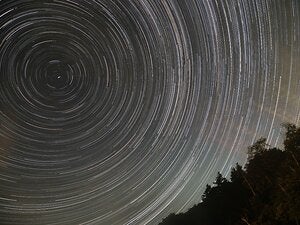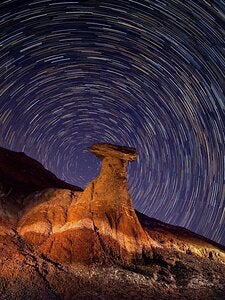LowriderS10
Monkey with a camera.
Hi all,
I'm trying to find the least noisy settings for night photos and star trails. Generally, for star trails I use 30s and the lowest possible ISO. For night photos, I use base ISO and leave the shutter open for as long as possible.
However, a friend of mine (a very enthusiastic m4/3 shooter) suggested that Live Bulb is best for star trails (I haven't been happy with Live Comp...but I'll give it another shot) and he said that he gets cleaner results using higher ISOs and slightly overexposing them for night photos.
What are your experiences/suggestions?
Thanks!
I'm trying to find the least noisy settings for night photos and star trails. Generally, for star trails I use 30s and the lowest possible ISO. For night photos, I use base ISO and leave the shutter open for as long as possible.
However, a friend of mine (a very enthusiastic m4/3 shooter) suggested that Live Bulb is best for star trails (I haven't been happy with Live Comp...but I'll give it another shot) and he said that he gets cleaner results using higher ISOs and slightly overexposing them for night photos.
What are your experiences/suggestions?
Thanks!
Last edited:










